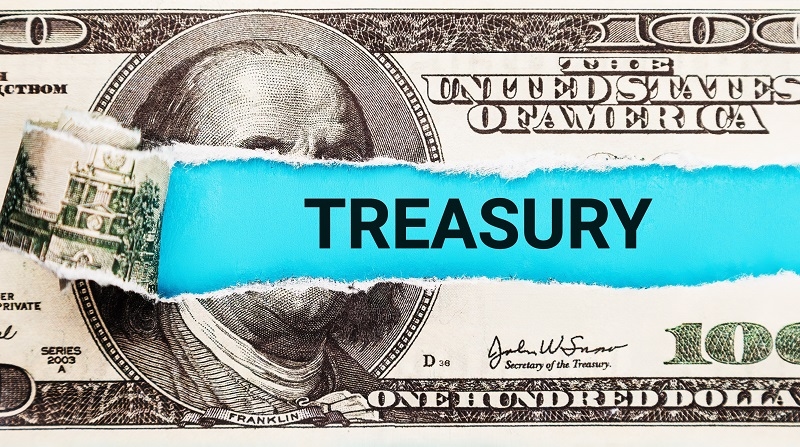
When it comes to low-hazard investments subsidized by way of the U.S. Government, the controversy between Treasury bonds vs Treasury bills is one of the maximum commonplace among buyers. These government-backed investment alternatives are considered some of the maximum secure investment options available, specifically for conservative investors or the ones nearing retirement. But whilst they may seem similar, expertise their variations is crucial to creating informed decisions approximately how to invest in U.S. Treasury securities effectively.
In this text, we’ll break down T-bills vs T-notes vs T-bonds, explain the key differences between treasury bonds vs treasury payments, and manual you through selecting the proper option in your portfolio.
Before diving into the evaluation of treasury bonds vs treasury bills, permit’s first define what U.S. Treasury securities are and why they count.
U.S. Treasury securities are debt instruments issued by the U.S. Department of the Treasury to fund government operations. They are available in numerous forms:
All of these are government-subsidized funding alternatives, which means they convey the total faith and credit of the U.S. government. This makes them many of the maximum secure investment units globally.
The primary distinctions between treasury bonds and treasury payments are found in funding resources, coupon bills, and maturity lengths.
Making a choice that satisfies your economic desires—whether they be long-term income boom or quick-term capital maintenance—is made easier when you are privy to those distinctions.
Learning a way to invest in U.S. Treasury securities is easier than you might assume. You can invest immediately or not directly, depending on your possibilities.
TreasuryDirect.gov is a stable platform operated by the U.S. Treasury. It allows you to:
This technique is popular for folks who want complete control and no third-party involvement.
Most important brokerage firms (e.g., Fidelity, Charles Schwab, Vanguard) provide get admission to to treasury securities. You can:
Brokerages additionally provide Treasury ETFs and mutual funds that pool investor money to shop for varied government securities.
Knowing a way to invest in U.S. Treasury securities offers you flexibility depending on whether or not you decide upon hands-on or passive investing.
Before information the distinction between Treasury bonds and Treasury bills, it is helpful to understand where each falls inside the large spectrum of T-bills, T-notes, and T-bonds.
Both people and companies often use T-bills as secure funding alternatives for capital upgrades or liquidity desires.
T-notes integrate stability and more returns, providing a compromise between T-bills and T-bonds.
Understanding T-bills vs T-notes vs T-bonds facilitates you to create a different bond ladder or tailor your investments to in shape coins waft desired.

Why should you keep in mind funding options offered by authorities, such as T-bonds or T-bills, for your portfolio? Here are several strong advantages:
Although taken into consideration secure, treasury securities are not absolutely risk-free. Before selecting between treasury bonds vs treasury payments, keep those factors in mind:
Understanding those risks ensures you’re the use of authorities-backed investment alternatives accurately, not blindly.
Treasury securities aren't just for retirees or institutional traders. Here's who can benefit:
Whether you're parking coins in T-bills or producing profits from T-bonds, information the way to put money into U.S. Treasury securities helps you align choices with your monetary dreams.
Choosing between treasury bonds vs treasury payments relies upon largely to your time horizon, cash flow wishes, and risk tolerance.
Consider combining T-bills vs T-notes, vs T-bonds in a ladder. A bond ladder spreads out maturities, supporting control reinvestment chances and interest fee fluctuations.
You can manage your treasury investments in a few ways:
Being capable of investing within the United States, treasury securities through these channels offers you flexibility and manage over your financial method.
The debate of treasury bonds vs treasury bills isn't approximately which one is better on average—it’s approximately which one is better for you. Each serves a unique cause in a nicely-rounded portfolio. If you want brief-term liquidity and capital safety, T-bills provide unmatched security. If you’re aiming for long-term income and wealth maintenance, T-bonds may be the solution. For something in between, T-notes strike a balance.
By knowledge T-payments vs T-notes vs T-bonds, exploring various authorities-sponsored funding alternatives, and gaining knowledge of a way to invest in U.S. Treasury securities, you’re better geared up to construct a portfolio that grows gradually at the same time as minimizing risk.
So whether you are new to bonds or a pro investor searching for safe investment instruments, U.S. Treasury securities remain one of the maximum depended on tools in any investment toolkit.
This content was created by AI